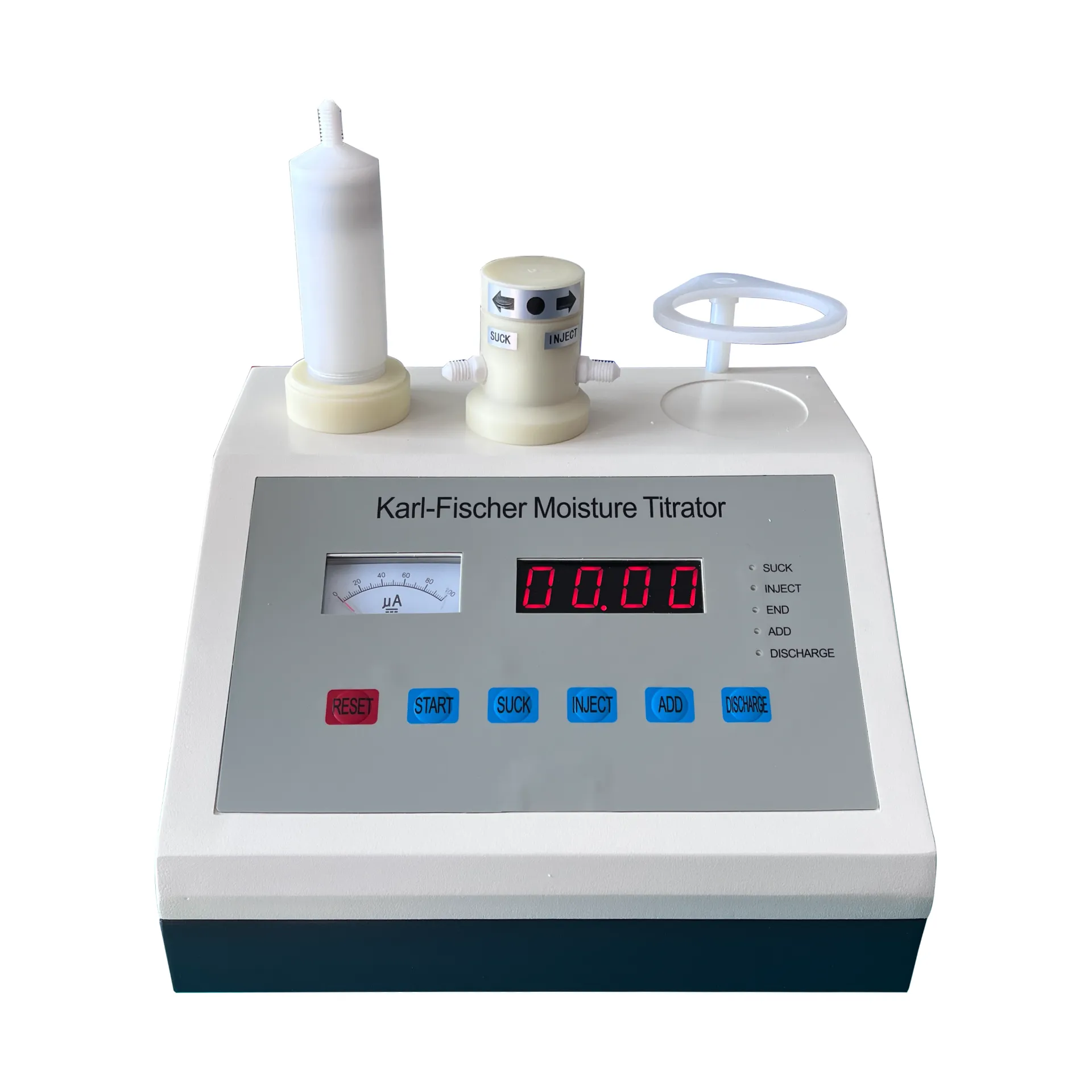 English
English


Understanding Knee Point Voltage and Its Importance in Electrical Systems
Understanding Knee Point Voltage Its Importance in Protection and Relay Systems
Knee point voltage, often abbreviated as KPV, plays a crucial role in the design and operation of protection systems in electrical engineering. It is a vital parameter, particularly in the context of current transformers (CTs) and their associated relay systems. Understanding knee point voltage is essential for ensuring the reliability and efficiency of power systems, which can significantly impact overall electrical safety and operational efficiency.
Definition of Knee Point Voltage
The knee point voltage refers to the point on the magnetization curve of a current transformer where the transformer transitions from linear to non-linear operation. This transition indicates that, beyond a certain level of applied voltage, any increase in voltage will lead to a disproportionately large increase in current. It is an important characteristic of current transformers because it establishes the voltage level beyond which the accuracy of the transformer becomes compromised.
In practical terms, the knee point is defined as the point on the curve where an increase in the magnetizing current will not lead to a significant increase in the primary current. This point is crucial for the proper functioning of protective relays, which rely on accurate current measurements to operate effectively.
Importance in Protection Systems
The significance of knee point voltage extends beyond academic interest; it has real implications for the safety and reliability of electrical systems
. Protective relays depend on accurate current measurements to detect faults and initiate appropriate protective actions. If the knee point voltage is not correctly defined or understood, there is a risk that the current transformer may not perform as expected during fault conditions.For instance, if the knee point voltage is exceeded, the CT may saturate, leading to a distortion of the current signal. This distortion can cause protective devices to either fail to operate or operate incorrectly, potentially resulting in severe damage to equipment or even hazards to personnel. Therefore, establishing an appropriate knee point voltage is critical in the design phase of electrical protection systems.
knee point voltage

Calculating Knee Point Voltage
Knee point voltage can be calculated using several techniques, considering the specifications of the current transformer and its intended application. In general, the formula for knee point voltage (Vk) can be represented as
\[ Vk = \frac{4}{3} \times (V_{rated}) \]
where \( V_{rated} \) is the rated voltage of the current transformer. However, this formula can vary based on the manufacturer's specifications and the specific design of the CT.
It is also essential to take into account factors such as the burden imposed on the transformer and the actual operating conditions when calculating knee point voltage. This ensures that the selected voltage level provides adequate performance in real-world scenarios.
Conclusion
In conclusion, knee point voltage is a fundamental concept in electrical engineering, particularly in the realm of protection systems and current transformers. Its critical role in maintaining the accuracy and effectiveness of protective relays cannot be overstated. Engineers and technicians must pay careful attention to knee point voltage when designing and implementing electrical systems to safeguard against faults and ensure reliable operation. As the complexity of electrical networks grows, the understanding and application of knee point voltage principles will continue to be a key factor in advancing electrical safety and reliability in various industries. By fostering a deeper understanding of this concept, electrical engineers can enhance the performance of protection systems and contribute to the overall integrity of power systems worldwide.
-
Differences between open cup flash point tester and closed cup flash point testerNewsOct.31,2024
-
The Reliable Load Tap ChangerNewsOct.23,2024
-
The Essential Guide to Hipot TestersNewsOct.23,2024
-
The Digital Insulation TesterNewsOct.23,2024
-
The Best Earth Loop Impedance Tester for SaleNewsOct.23,2024
-
Tan Delta Tester--The Essential Tool for Electrical Insulation TestingNewsOct.23,2024





